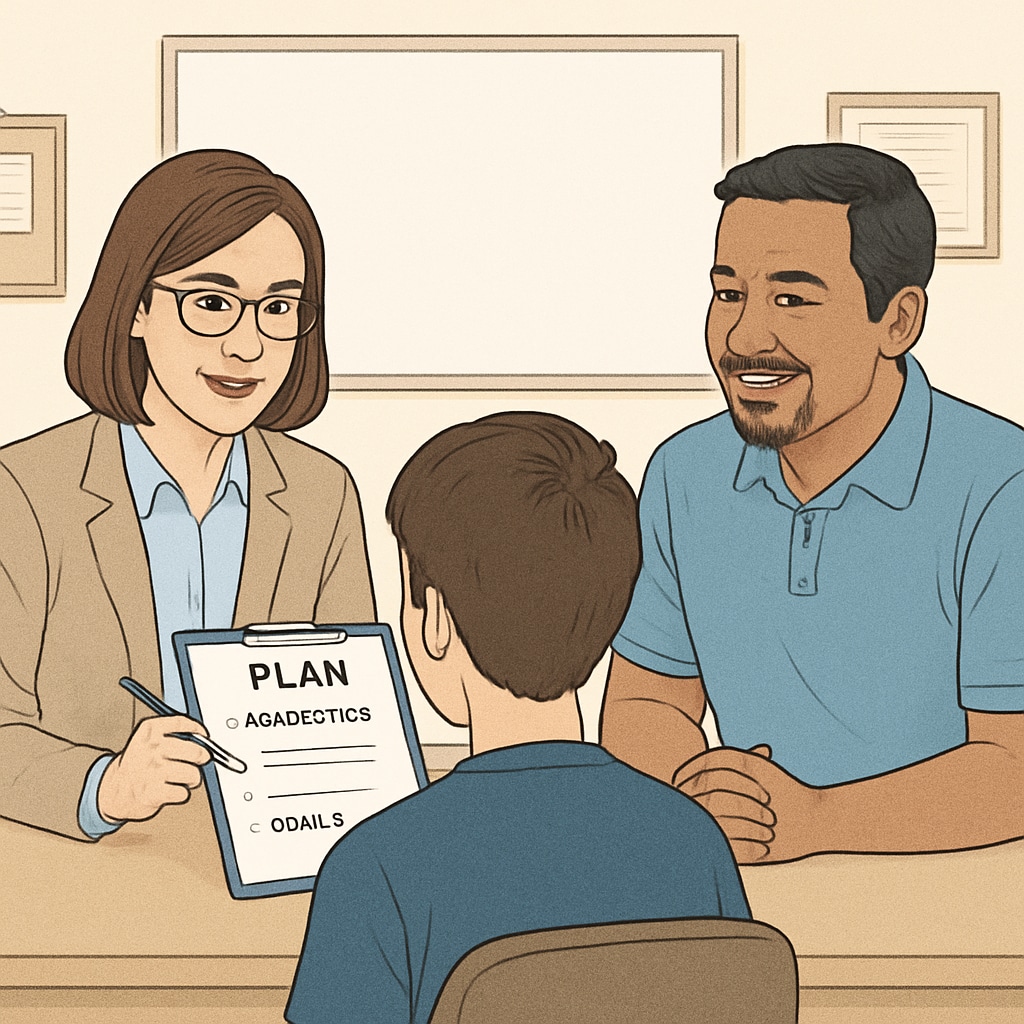Teenagers often face challenges that hinder their learning motivation and disrupt healthy habits. Addressing these issues requires a holistic approach that combines youth education, learning motivation, and family support. In this article, we examine strategies to help teenagers regain direction, including interest-driven guidance, family involvement, and professional intervention.
Identifying the Root Causes of Teen Struggles
Understanding why teenagers struggle with learning motivation or unhealthy habits is essential. Common causes include academic pressure, social challenges, mental health struggles, and lack of clear goals. Identifying these underlying issues can help families and educators create tailored solutions.

For example, a lack of interest in traditional subjects may lead a teen to disengage from schoolwork. In such cases, introducing creative activities or extracurricular options that align with their passions can reignite their enthusiasm for learning.
Strategies to Rebuild Teen Learning Motivation
Once the causes are identified, families and educators can take actionable steps to support teenagers. Here are some practical strategies:
- Interest-Based Learning: Encourage teenagers to explore subjects or hobbies they enjoy. For instance, a teen interested in technology might benefit from coding workshops or robotics clubs.
- Goal Setting: Help them set achievable goals and celebrate small victories. This builds confidence and a sense of progress.
- Positive Reinforcement: Reward effort rather than results to emphasize the importance of persistence.
In addition, involving teenagers in decision-making can foster a sense of autonomy and purpose. For example, allowing them to choose their after-school activities or volunteer opportunities can boost engagement and responsibility.

The Role of Family Support
Family support plays a pivotal role in helping teenagers overcome challenges. Creating a nurturing environment where teens feel valued and understood is crucial. Here’s how families can contribute:
- Open Communication: Regularly check in with teenagers to discuss their feelings and concerns.
- Healthy Routines: Promote routines that include balanced meals, regular exercise, and sufficient sleep.
- Lead by Example: Demonstrate healthy habits and a positive attitude toward learning and personal growth.
Parenting on Britannica highlights the significance of fostering emotional connection and resilience in adolescents.
When Professional Help Is Needed
In some cases, professional intervention may be necessary to address deeper issues, such as anxiety, depression, or learning disabilities. Therapists, counselors, and educational specialists can provide valuable insights and strategies tailored to a teenager’s needs.
For example, cognitive behavioral therapy (CBT) can help teenagers develop healthier thought patterns and coping mechanisms. Schools can also offer resources, such as peer mentorship programs, to support emotional well-being.
Mental health on Wikipedia provides a comprehensive overview of the importance of seeking professional support when needed.
Building a Collaborative Effort
Ultimately, helping teenagers regain learning motivation and establish healthy habits requires collaboration between families, educators, and professionals. By fostering open communication, creating supportive environments, and seeking appropriate interventions, we can empower teenagers to rediscover their potential.
Encouraging self-awareness and celebrating progress, no matter how small, are key steps in guiding teens toward a brighter future. With the right support, they can rebuild their confidence, develop resilience, and thrive in both academic and personal pursuits.
Readability guidance: This article uses short paragraphs, practical examples, and lists to enhance readability. Transitions such as “for example” and “as a result” are included to improve flow, while passive voice and long sentences are minimized.


